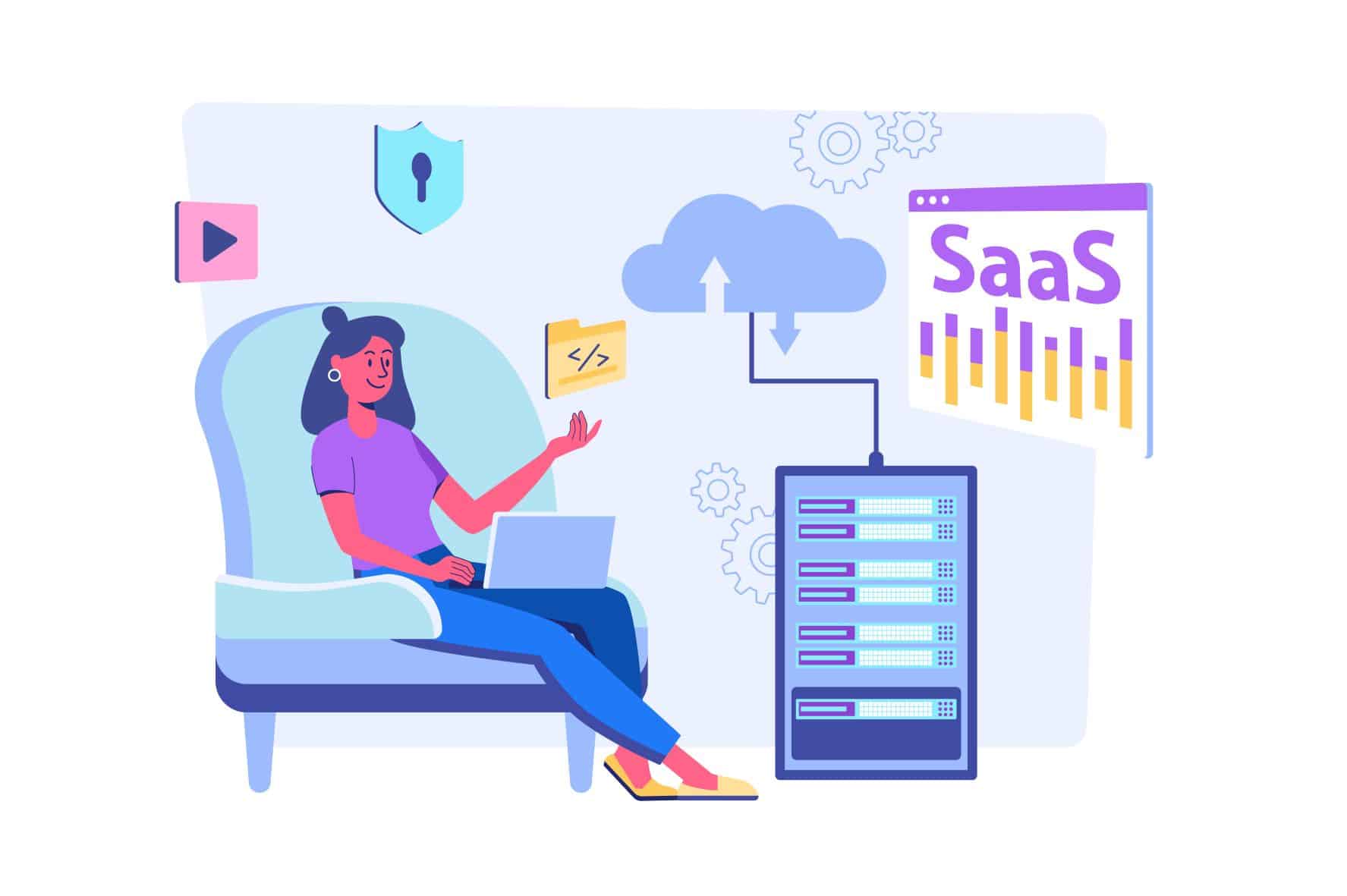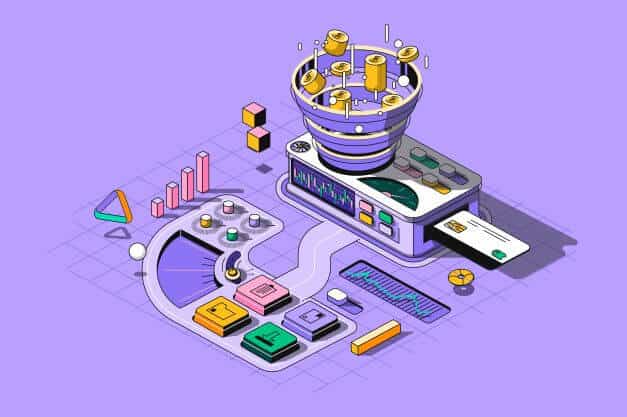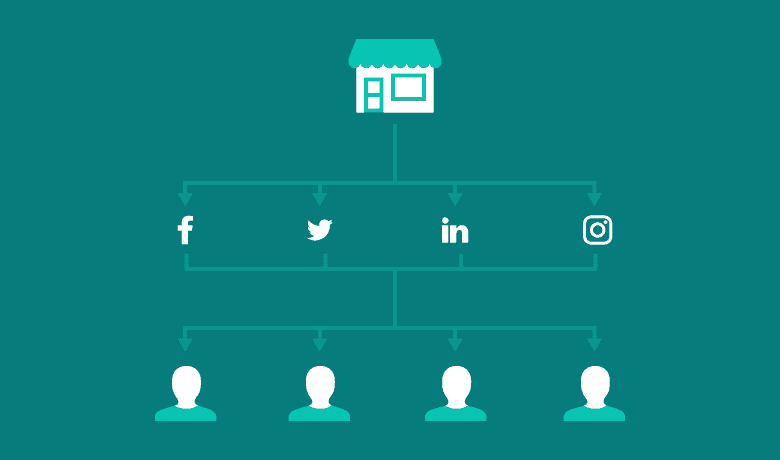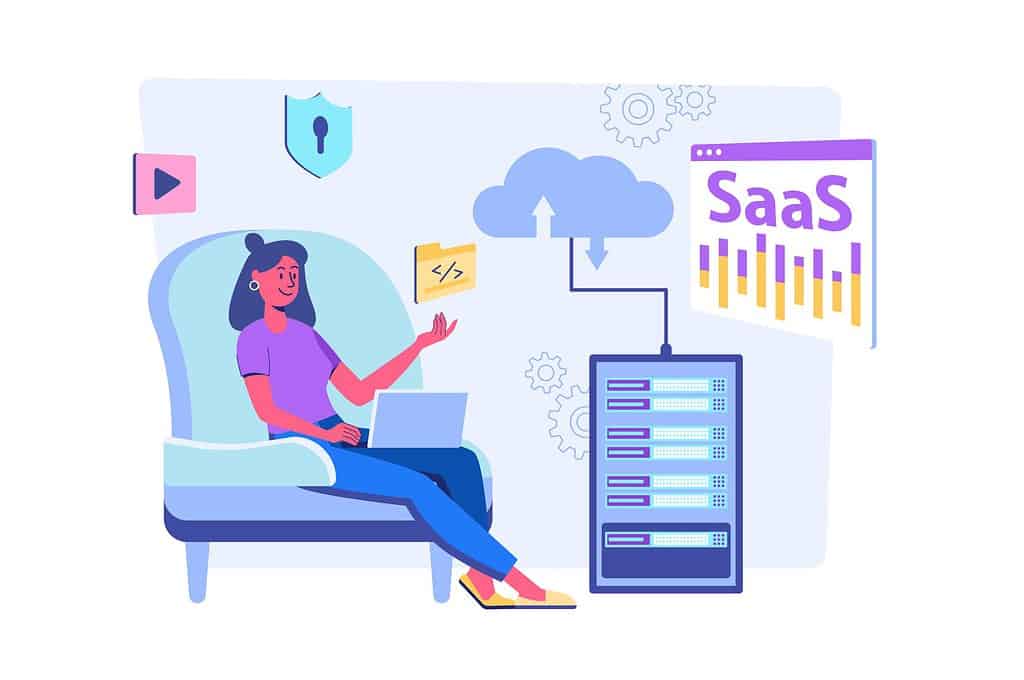1) Framework for Marketing Strategy: The 4Cs and 5Ps are timeless!
The five Ps of marketing are key marketing components used to strategically position a business. They are product, pricing, promotion, place, and people. The 5 P’s of Marketing, often known as the marketing mix, are components that managers and owners can affect to satisfy clients in their target market, increase the value of their firm, and differentiate it from competitors.
Companies, customers, competitors, collaborators, and climate are the “5 C’s.” In a word, a 5c analysis will assist you in determining the most critical issues affecting your company. It’s like giving your company a physical. You’ll be able to make more educated and successful judgments by concentrating on the crucial elements of your company and figuring out what’s working and what isn’t.
2) Blue Ocean Strategy
Today’s firms compete in a highly competitive environment and make every attempt to grow their market share. When a product is susceptible to pricing pressure, the viability of a company’s operations is always a possibility. This is particularly common when a corporation competes in a saturated market, sometimes known as a “Red Ocean.” When there is minimal room for expansion, businesses look for verticals or other potential sources of new revenue to acquire uncontested market share, or “Blue Ocean” prospects.
A “blue ocean” exists when there is the potential for greater profitability despite existent or minor competition. The strategy tries to satisfy new demand while rendering rivals irrelevant by providing a product with greater features than the competition. Because of the product’s unique characteristics, which may lead the pricing to be a little high, it assists the business in producing big profits.
3) Price Customization
The ability to charge different prices to different consumer segments based on the valuation of the sold product. When considering the strategies, it is important to consider that some buyers perceive price customization as unfair. While it should go without saying that no pricing method should violate the law, it is also important to note that price customization is both fair and legal.
Any value-pricing decision requires three important inputs: The product’s true economic value (TEV) to the customer. The product’s perceived value (PV) to the same customer. The cost of goods sold for the organization (COGS). Marketers can determine prices using market research, big data, and their instincts. The primary purpose of marketing is to justify the margin and provide value for their customers. Try this link to see how the value pricing works.
4) Marketing
Marketing is the process through which businesses provide value for their consumers and cultivate strong customer relationships to gain value from them in return.
5) Web 3.0
By providing rich and engaging advertising opportunities, a Web 3.0 environment improves the user experience. Marketers will benefit from this since they will be able to give better-tailored advertisements to consumers. Web 3.0 marketing’s superior user experience capabilities enable marketers to enter a whole new realm of advertising and marketing innovation. Web 3.0 is the next step in the evolution of the web, in which website content and users are linked via seamless interfaces and communication channels. Because of Web 3.0’s decentralized structure, there would be decentralized apps known as dApps, and there would be no centralized authority over users’ data. Keep an eye on Blockchain, Metaverse, and NFT as they will revolutionize marketing.









